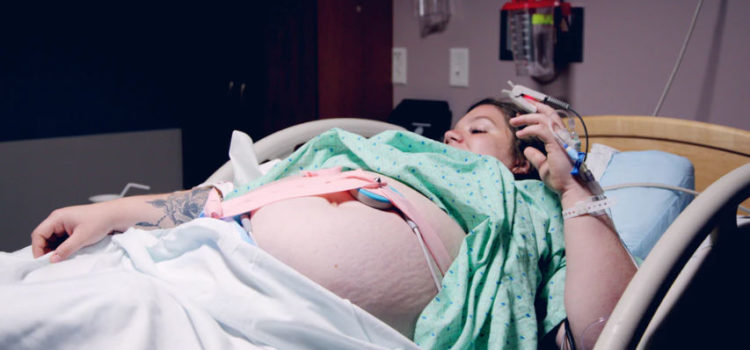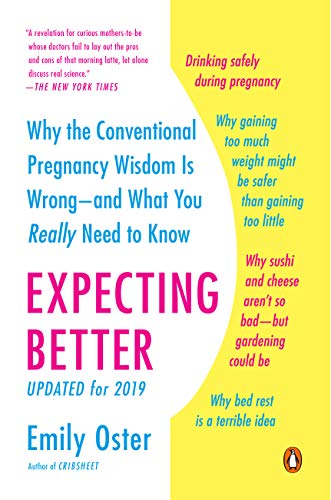

This article is an excerpt from the Shortform summary of "Expecting Better" by Emily Oster. Shortform has the world's best summaries of books you should be reading.
Like this article? Sign up for a free trial here .
We all know that women go into labor to deliver children. But what does it actually feel like, and what happens?
Here, author Emily Oster explains what it’s like to go into labor.
What’s Labor Like?
Here’s a timeline of labor:
First Stage: Dilation (few hours to a few days)
- Early Labor: 1-3 cm (least pain)
- Mild and infrequent contractions
- Sometimes not even noticeable over weeks(!)
- Active Labor: 3-7 cm (more intense)
- Transition: 7-10 cm (horrible, but quicker)
- Contractions can come every 2 minutes and last 90 seconds
Second Stage: Pushing (few minutes to a few hours)
Third Stage: Placenta (short)
Generally, labor progresses at an average of 1 cm of dilation per hour, but this rate can be slower in early labor (2 hours without any change in dilation) and speeds up near the end (going from 7 to 10 cm in < 90 minutes).
If the cervix doesn’t open quickly enough, you can be given Pitocin to induce contractions or a C-section if the baby’s heart rate is dropping.
C-sections happen in 30% of births in the US, but they are not the preferred mode of delivery since they entail slower recovery. Once you have a C-section, you’ll be recommended to have C-sections for future babies. Vaginal births after C-section may increase infant complications and maternal hemorrhage.
Baby Position in Labor
Babies are normally delivered head-first. Coming feet-first is called breech, and it carries risk of oxygen deprivation to the baby or injury to the skull. Thus, most breech babies are delivered via C-section.
The direction a baby is facing can change throughout pregnancy – at 28 weeks, 25% of babies are in breech; by delivery, it’s only 3-4%.
The baby’s position can also be manipulated in the womb through external cephalic version, where the baby is manually turned to normal position. This is usually done after 37 weeks, since before then most breech positions resolve naturally.
———End of Preview———

Like what you just read? Read the rest of the world's best summary of "Expecting Better" at Shortform . Learn the book's critical concepts in 20 minutes or less .
Here's what you'll find in our full Expecting Better summary :
- Why much parenting advice you hear is confusing or nonsense
- The most reliable way to conceive successfully
- How much alcohol research shows you can drink safely while pregnant (it's more than zero)
- The best foods to eat, and what foods you really should avoid






